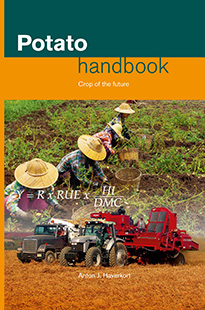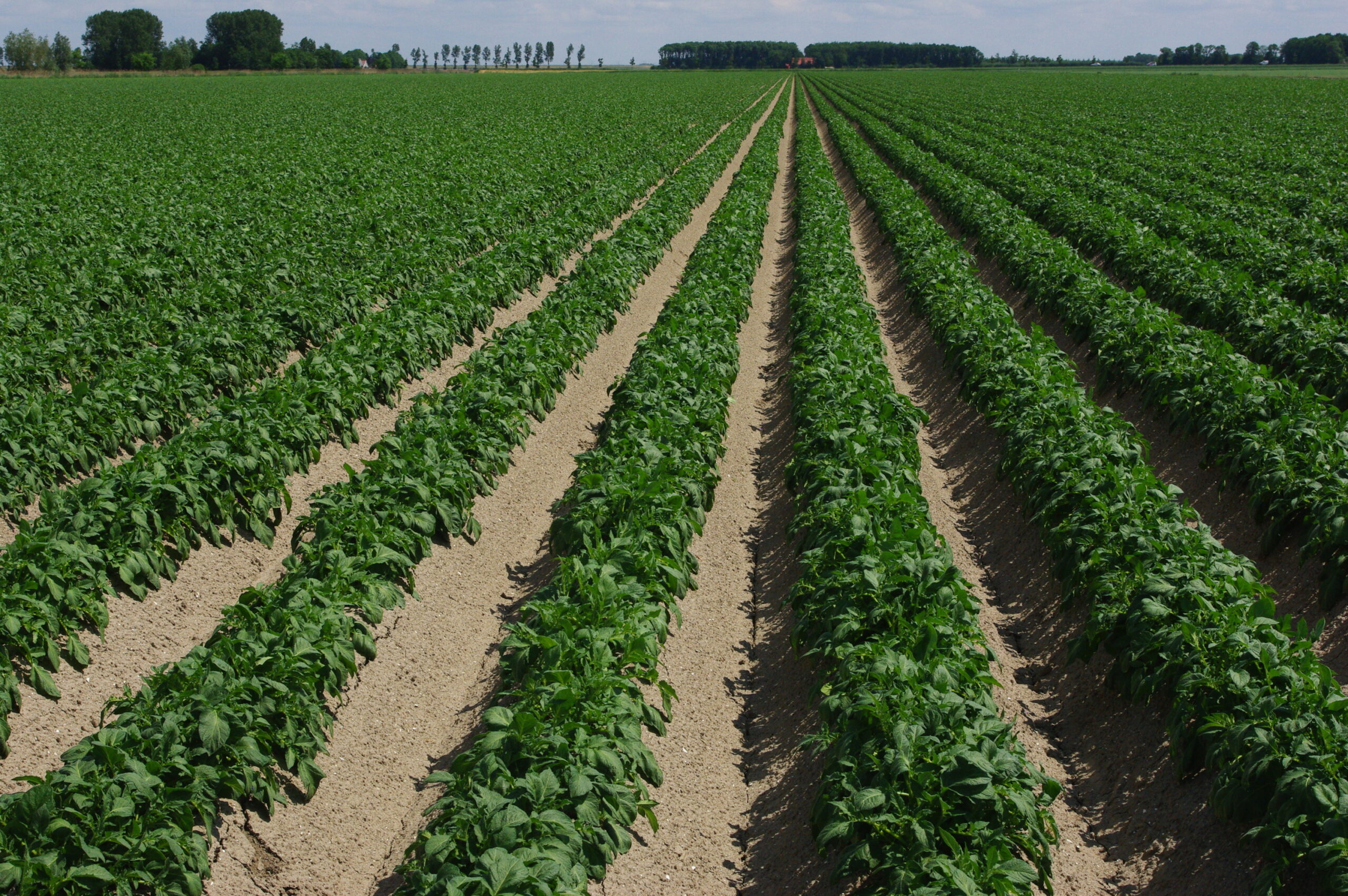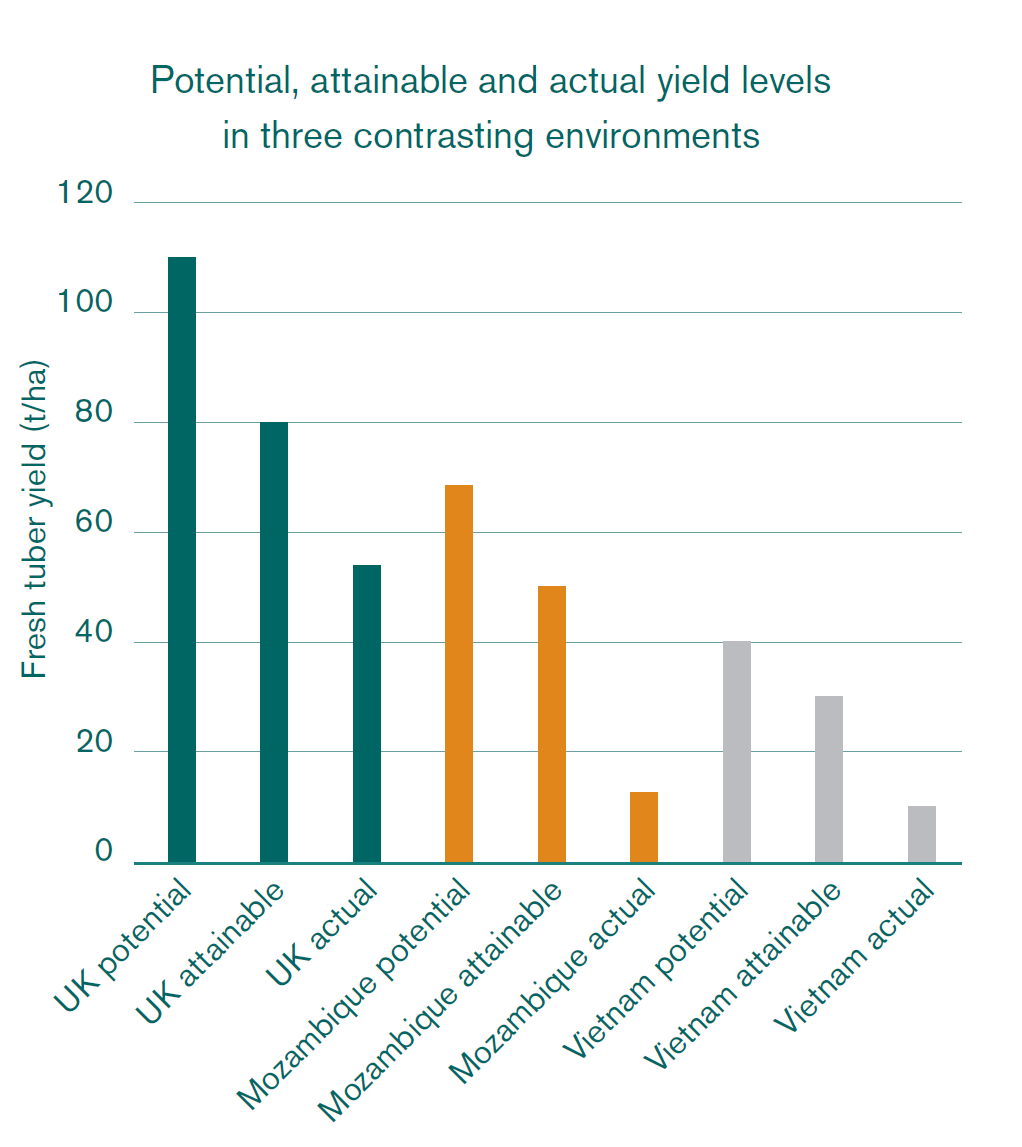Already a subscriber? Activate your premium account

Potato Handbook

Yield gap analysis (YGA) consists of obtaining and processing data on potential, attainable and actual yields. These data come from modelling, experimental results and survey or national statistics. The YGA attributes differences between the three yield levels to yield-defining or determining, yield-limiting and yield-reducing factors. The yield-determining factors are those that a grower cannot alter after planting: the variety and seed quality that determine the length of the growth cycle.
Other yield determining factors are the CO2 concentration of the air, temperature and solar radiation. Yield gap analysis regarding potential yield takes into account the quantitative level of these factors. The agronomist who does the calculations verifies if the parameters in the crop growth model that calculates the potential yield have the correct value. The radiation use efficiency, for instance, increases gradually with increased concentration of carbon dioxide in the air. The agronomist also verifies if the correct set of long-term meteorological data appropriate for the target environment are being used. The latter is of special importance where climatic conditions vary strongly within small distances away from the weather station such as is the case in hilly terrain.
Attainable yield conditions
Attainable yield conditions are often found in experiments where the optimal conditions are compared with one of these factors in short supply to verify the impact of a supply of a limiting factor on crop performance. When no more limiting factors are found agronomists achieve the attainable yield.
Gathering data on actual yields
Actual yield data are gathered by surveying growers locally in a particular setting such as the dry off-season marshy valley bottom crop in Congo, or of all growers delivering potato to a fried frozen products factory in Manitoba. Gathering information on actual yields in many instances relies on national statistics. These data are collected by the United Nations Food and Agriculture Organization (FAO) in an online accessible database, FAOSTAT. Data on seed crop yields are obtained from traders and national seed certification services. Occasionally, surveys are carried out and in some developing countries where the harvest is quantified by the number of baskets of a certain field, the weight of a full basket and size of the field are measured by the surveyors.

Events
©2015 - 2024 Potatoworld | Webdesign and realisation COMMPRO